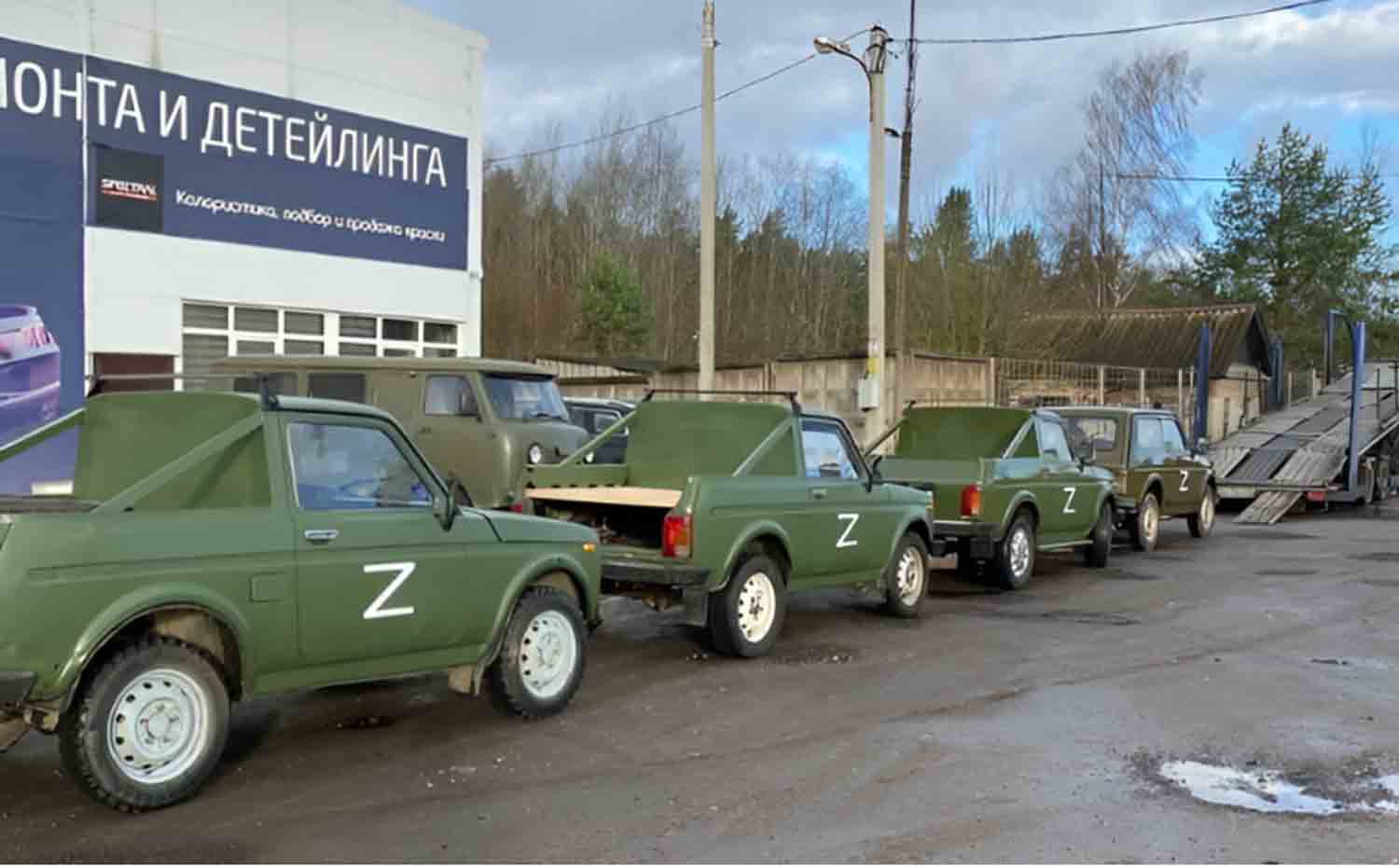U.S. Defense Secretary Pete Hegseth visited NATO on Wednesday, marking the first trip by a member of the new Trump administration as allies await clarity on the extent of military and financial support Washington plans to extend to Ukraine.
During his visit, Hegseth engaged in discussions with U.K. Secretary of State for Defence John Healey prior to a meeting of the Ukraine Defense Contact Group at NATO’s headquarters in Brussels. His predecessor, former Defense Secretary Lloyd Austin, established this forum in 2022 to facilitate the provision of arms and ammunition to Ukraine.
Over the past three years, approximately 50 nations have collectively supplied Ukraine with over $126 billion in military aid and weaponry. Notably, this week’s meeting was hosted by the United Kingdom, marking a departure from previous gatherings that were led by the United States.
No decisions have been reached regarding the leadership of any future meetings, should they occur.
Hegseth was not anticipated to announce any new military aid for Ukraine during his visit.
This trip occurs just under two weeks before the third anniversary of Russia’s full-scale invasion of Ukraine on February 24, 2022. Many U.S. allies are concerned that if Russian President Vladimir Putin succeeds, he may not limit his ambitions to Ukraine, posing a significant threat to their security amid Europe’s largest land conflict in decades.
President Donald Trump has vowed to swiftly conclude the war, expressing concerns over the financial burden on American taxpayers. He has proposed that Ukraine should compensate the U.S. for its support by granting access to its rare earth minerals, energy resources, and other assets.
Some U.S. allies fear that a rushed agreement could be reached under terms unfavorable to Ukraine. Additionally, Trump seems to believe that European nations should assume greater responsibility for Ukraine’s future security.
Washington’s 31 NATO allies are eager to understand the direction Trump’s new administration will take regarding the world’s largest security alliance. During his first term, Trump unsettled European partners by suggesting that the U.S. might not defend any member that fails to meet NATO’s military spending guidelines.
NATO operates on the principle that an attack on one ally is an attack on all, necessitating a collective response. This membership is viewed as the highest form of security assurance, which Ukraine is actively seeking.
Discussions on Ukraine’s security requirements and defense expenditures are scheduled for Thursday. In response to Putin’s invasion of Ukraine, European allies have increased their military budgets, with 23 nations estimated to have met or surpassed the 2% of GDP spending target set for last year.
Nevertheless, a third of the member states have yet to achieve this benchmark, and Trump is likely to focus on them once more. Recently, he advocated for NATO members to raise their defense spending to 5% of GDP, a target that no member has yet attained, including Poland, which, while spending over 4%, is projected to approach 5% this year.
While addressing reporters in Germany on Tuesday, Hegseth refrained from committing to a U.S. defense spending increase to 5% of GDP. He expressed the view that the U.S. should allocate more than it did under the Biden administration and “should not go lower than 3%.”
He indicated that the ultimate decision rests with Trump, while emphasizing that “we are in fiscally constrained times” and must exercise responsibility regarding taxpayer funds. Currently, the United States allocates approximately 3.3% of its GDP to defense.
NATO leaders are anticipated to reach a consensus on new spending objectives during their upcoming summit scheduled for June 24-26 in The Hague, Netherlands.
Discover more from Defence Talks | Defense News Hub, Military Updates, Security Insights
Subscribe to get the latest posts sent to your email.





